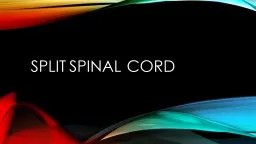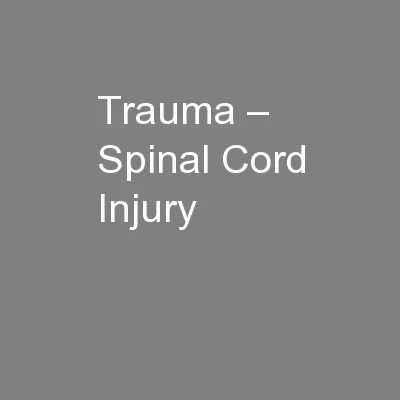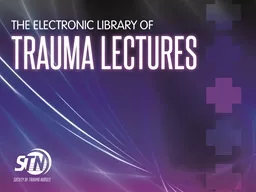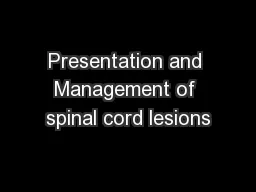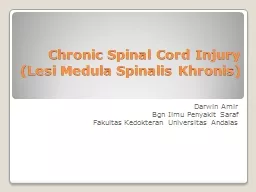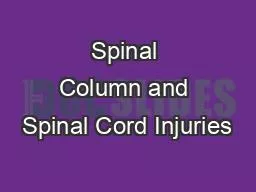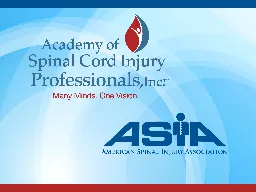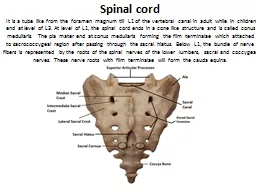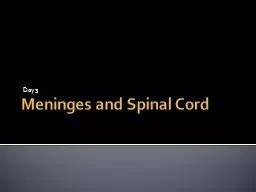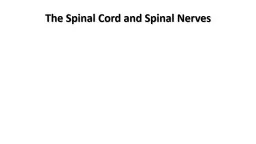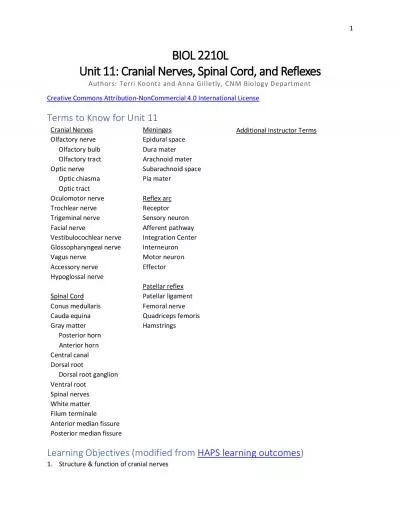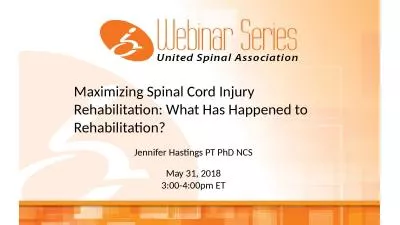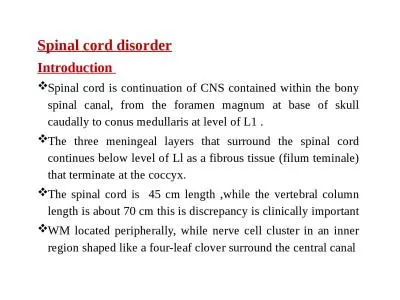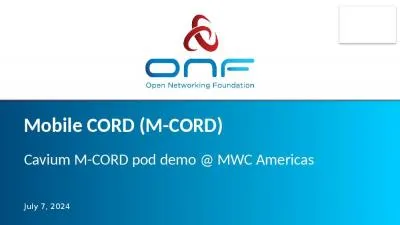PPT-Split Spinal Cord Definition
Author : LoveBug | Published Date : 2022-08-04
the presence of a longitudinal cleft within the spinal cord across one or more vertebral segments Type I malformations formerly diastematomyelia are characterized
Presentation Embed Code
Download Presentation
Download Presentation The PPT/PDF document "Split Spinal Cord Definition" is the property of its rightful owner. Permission is granted to download and print the materials on this website for personal, non-commercial use only, and to display it on your personal computer provided you do not modify the materials and that you retain all copyright notices contained in the materials. By downloading content from our website, you accept the terms of this agreement.
Split Spinal Cord Definition: Transcript
Download Rules Of Document
"Split Spinal Cord Definition"The content belongs to its owner. You may download and print it for personal use, without modification, and keep all copyright notices. By downloading, you agree to these terms.
Related Documents

